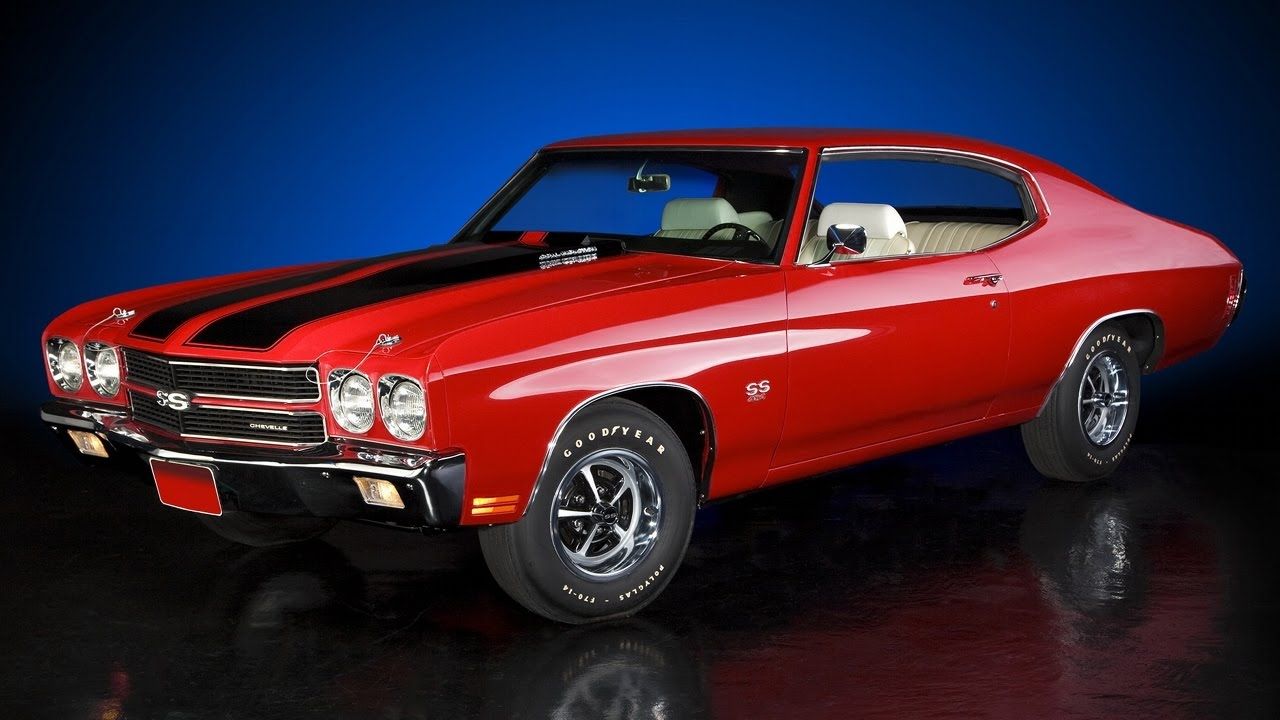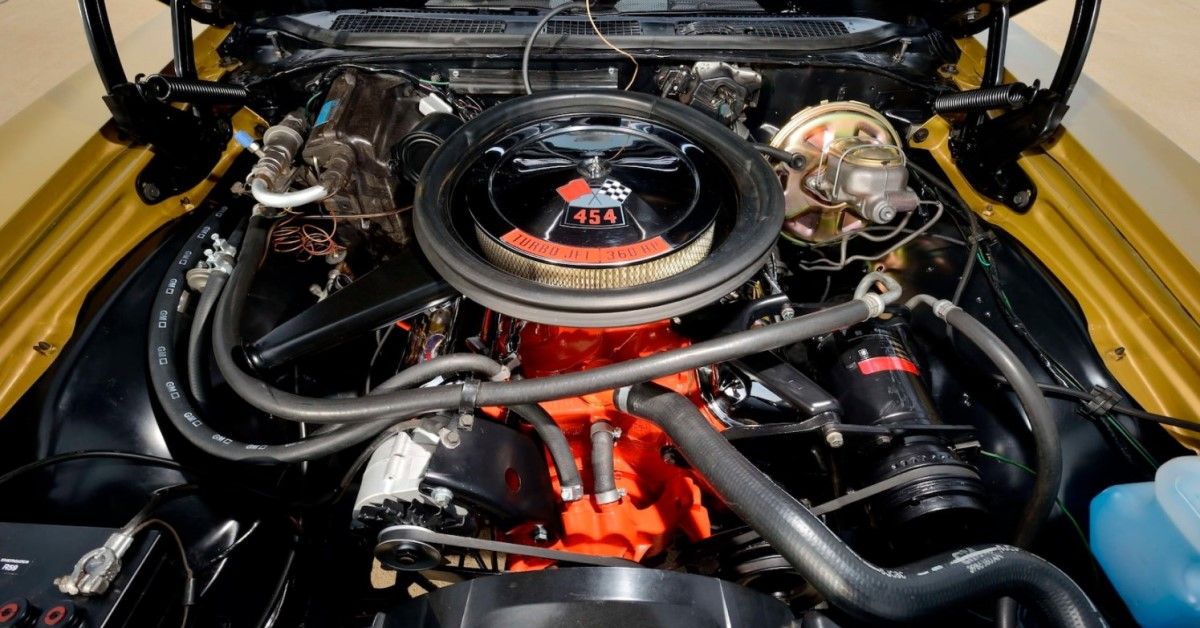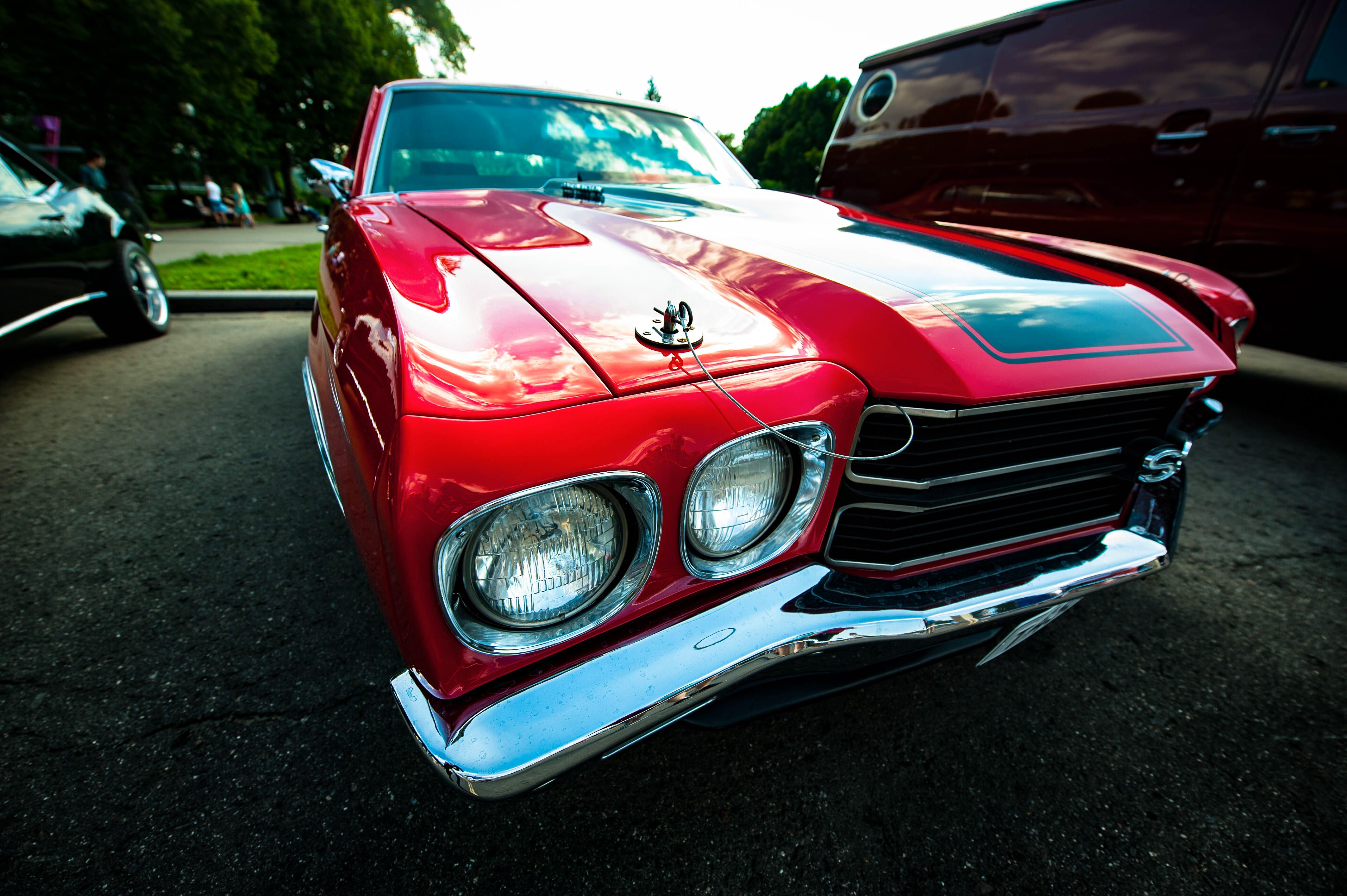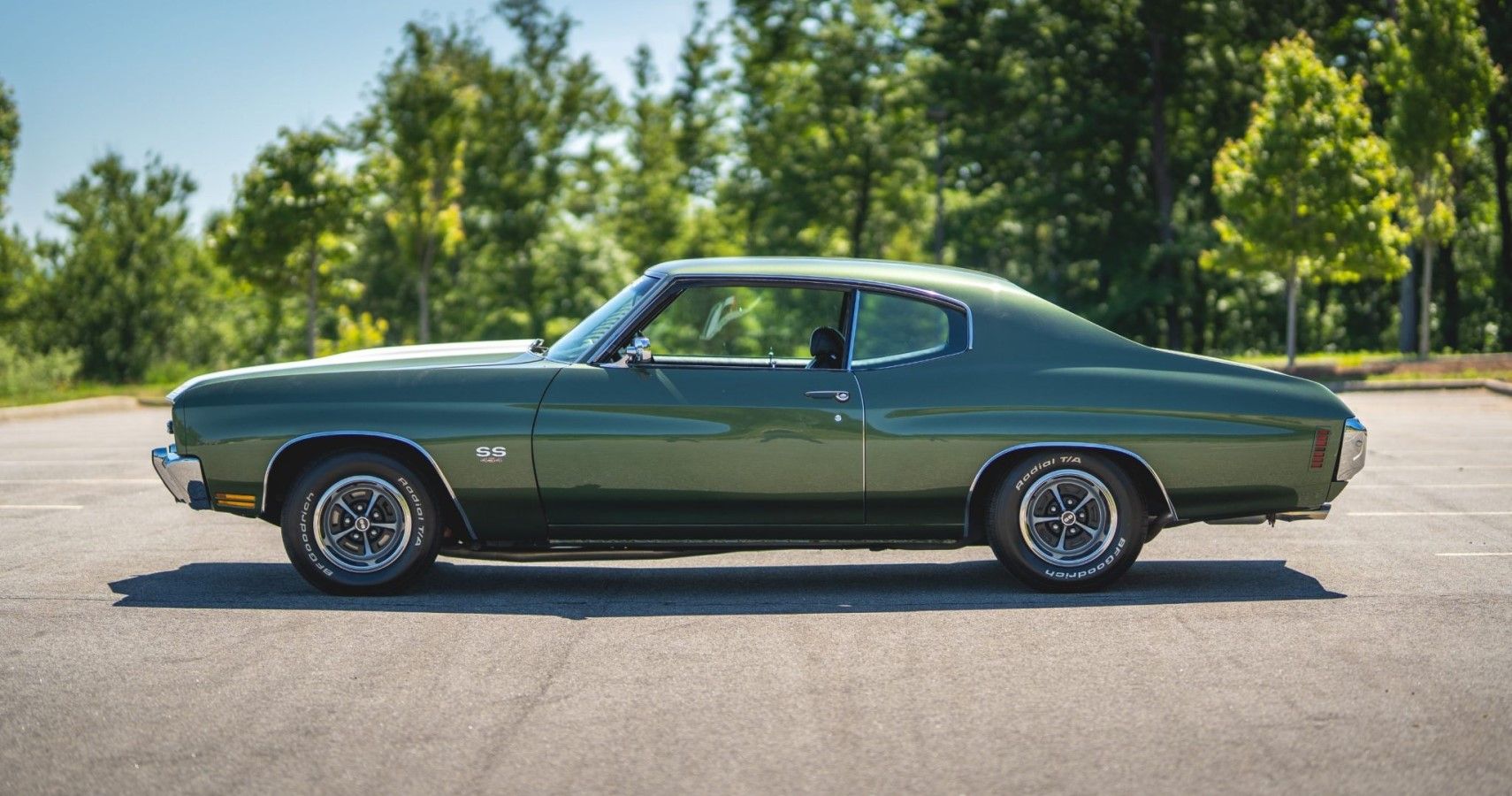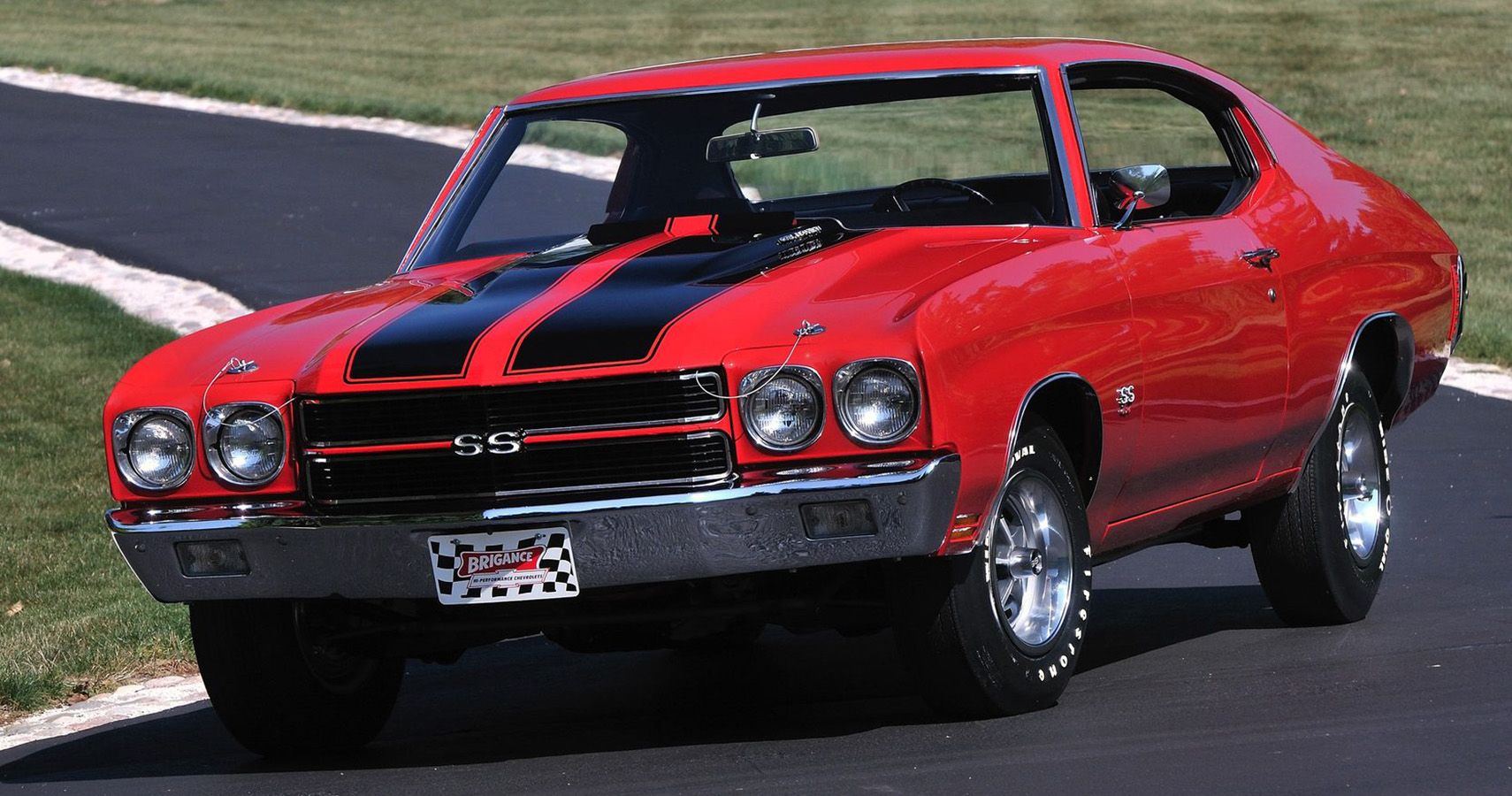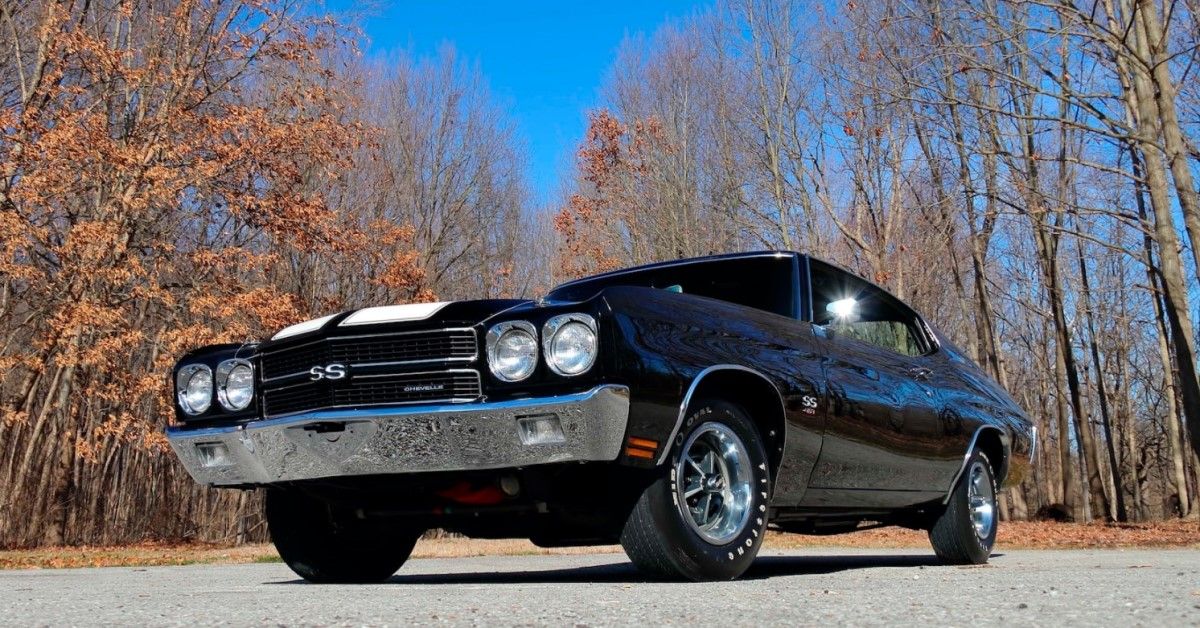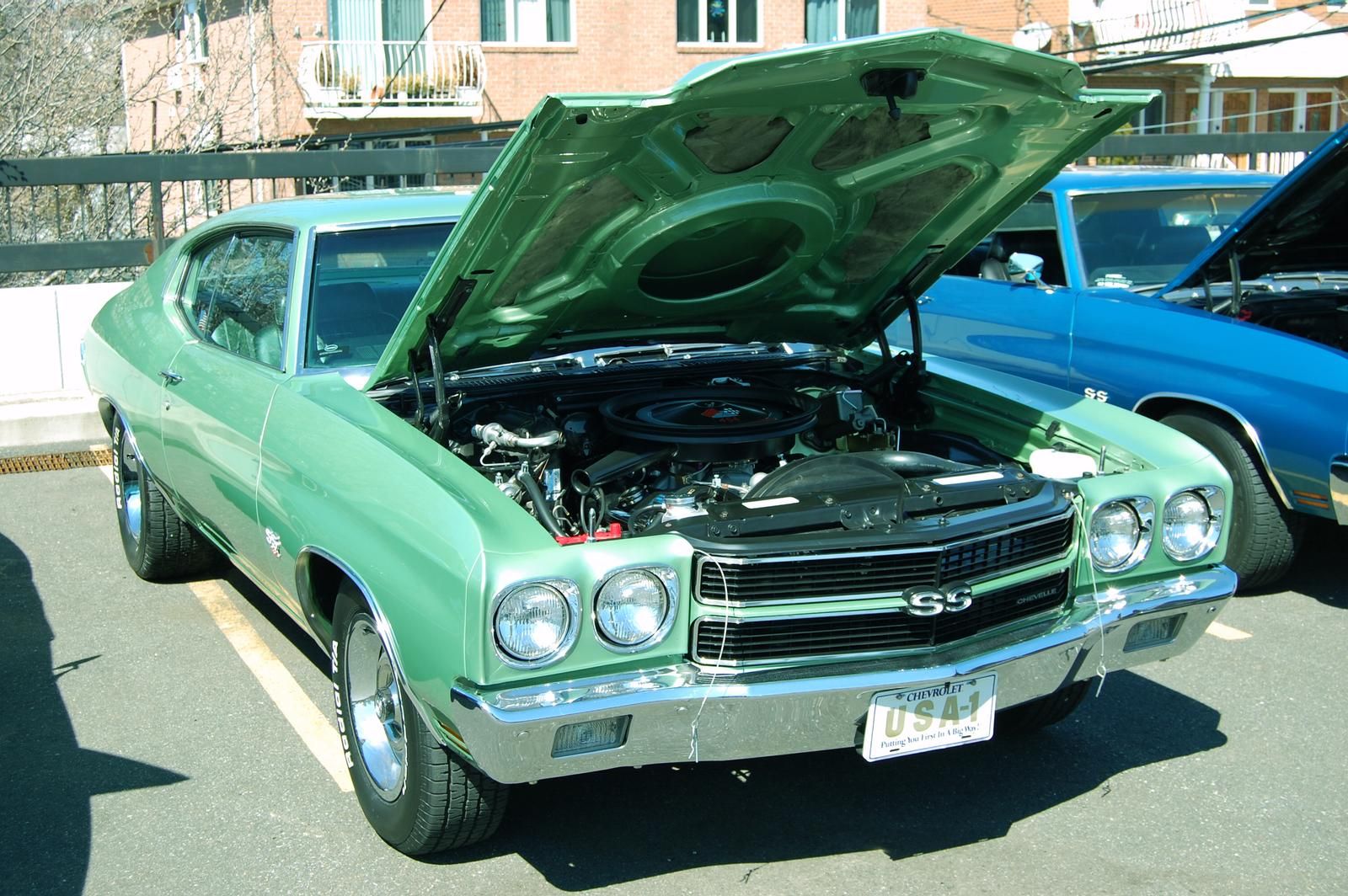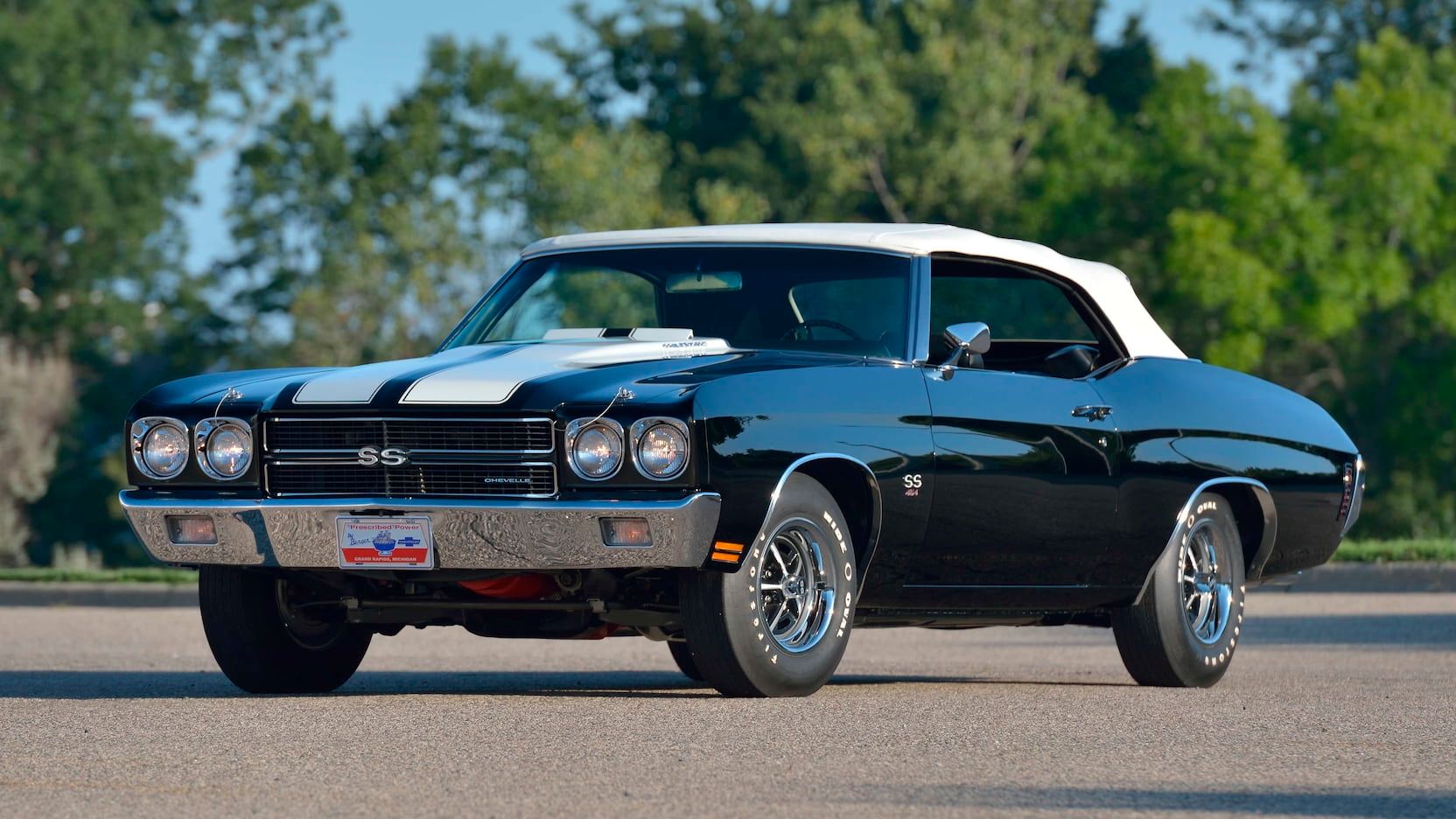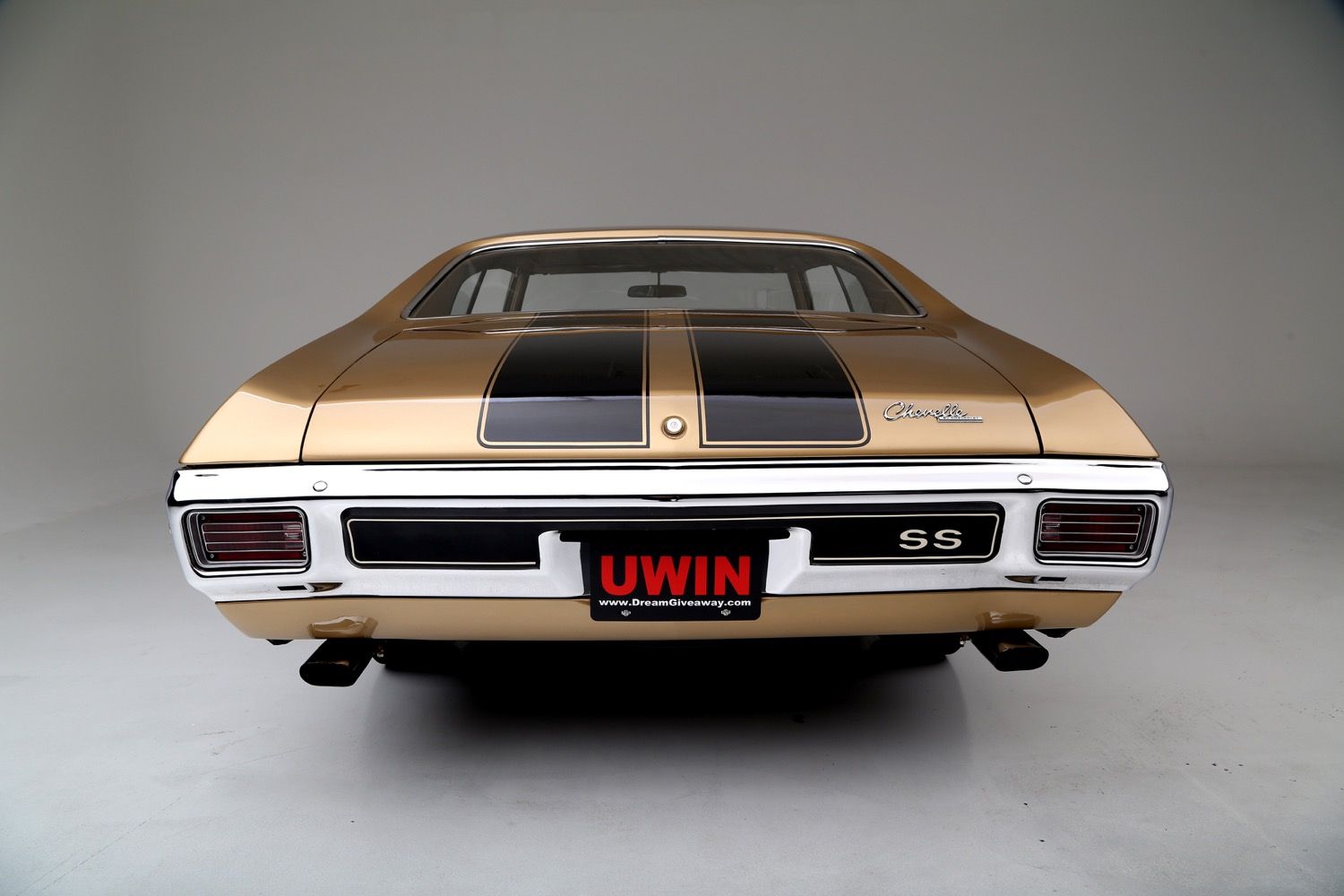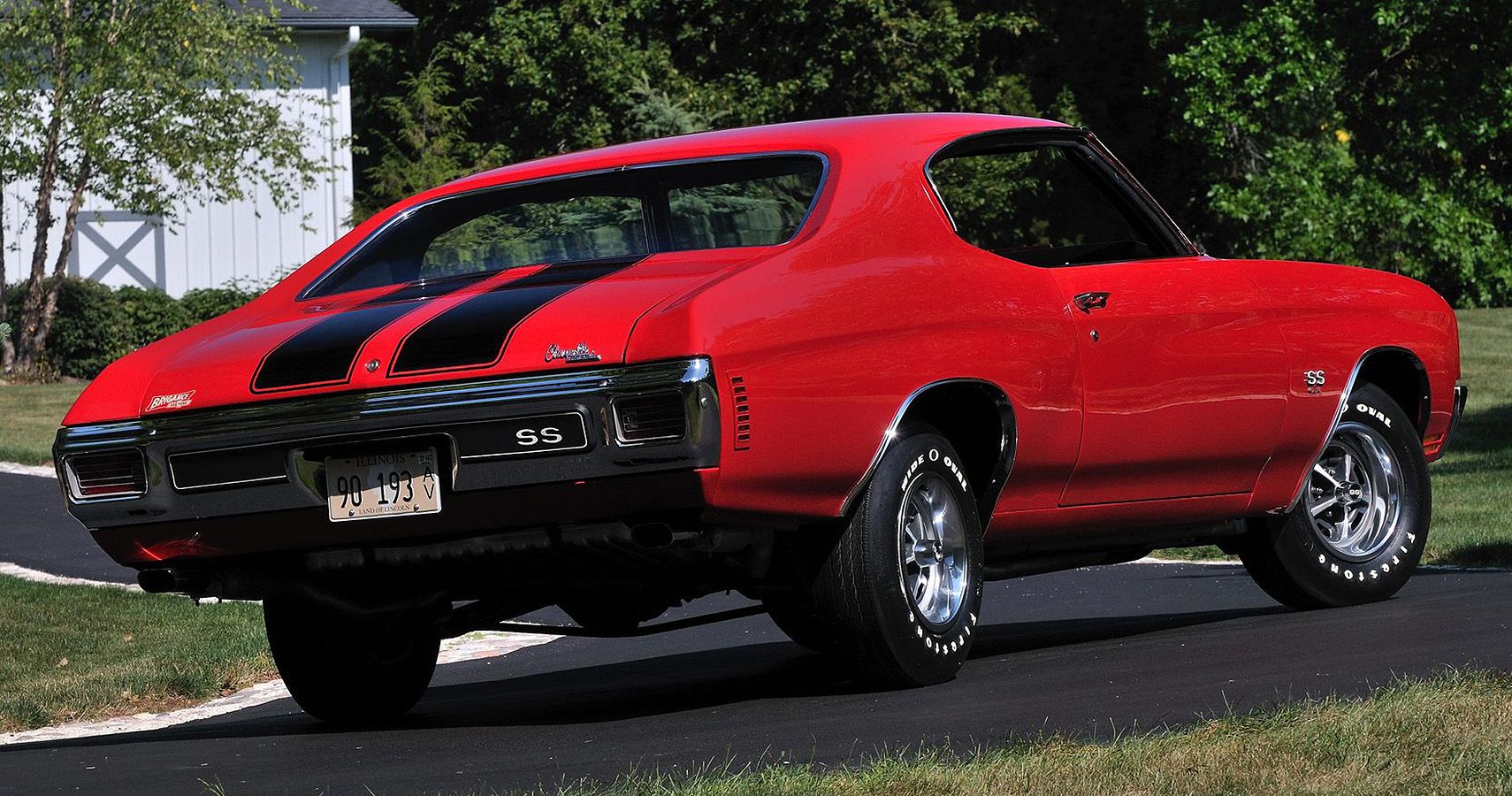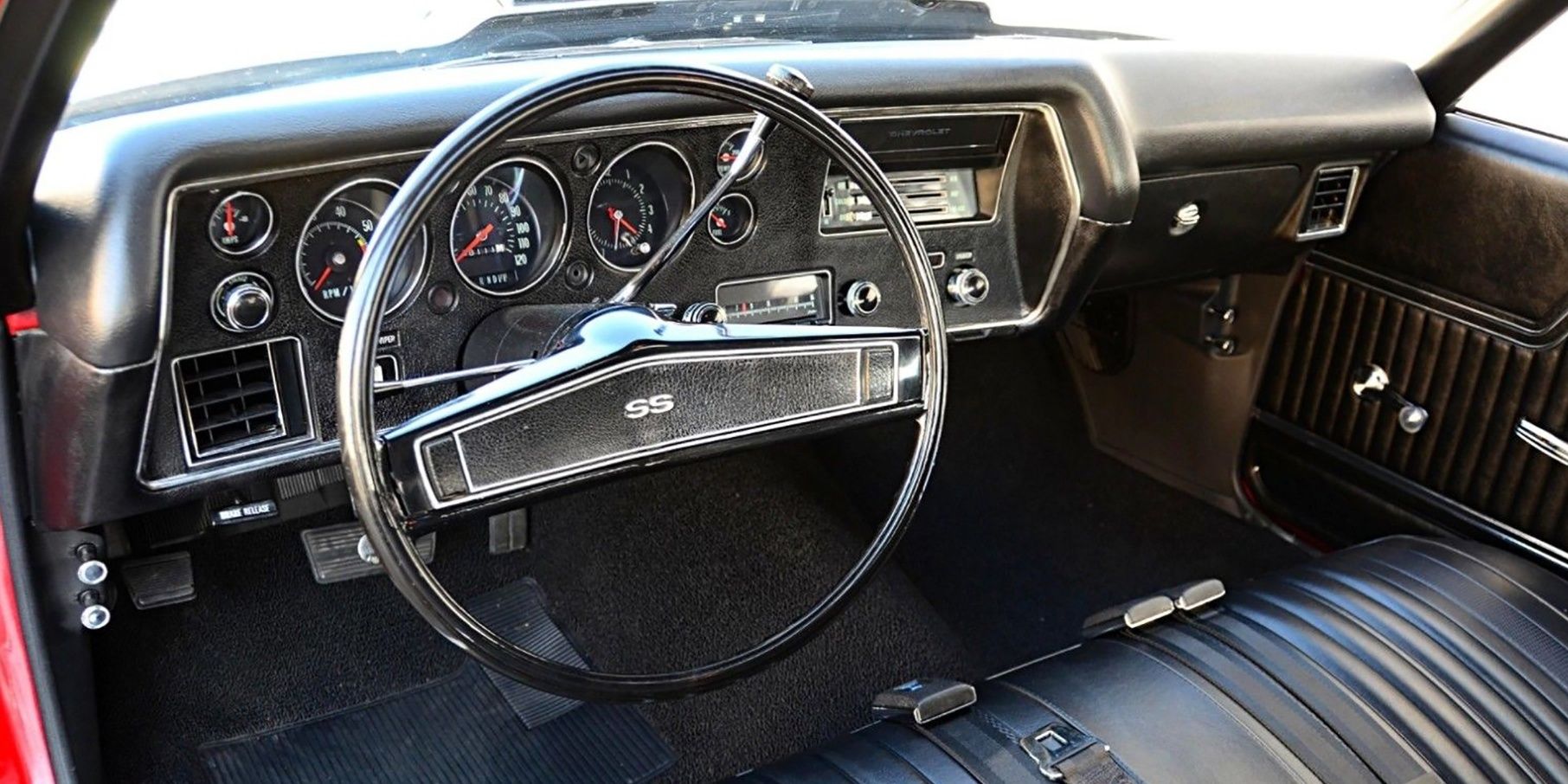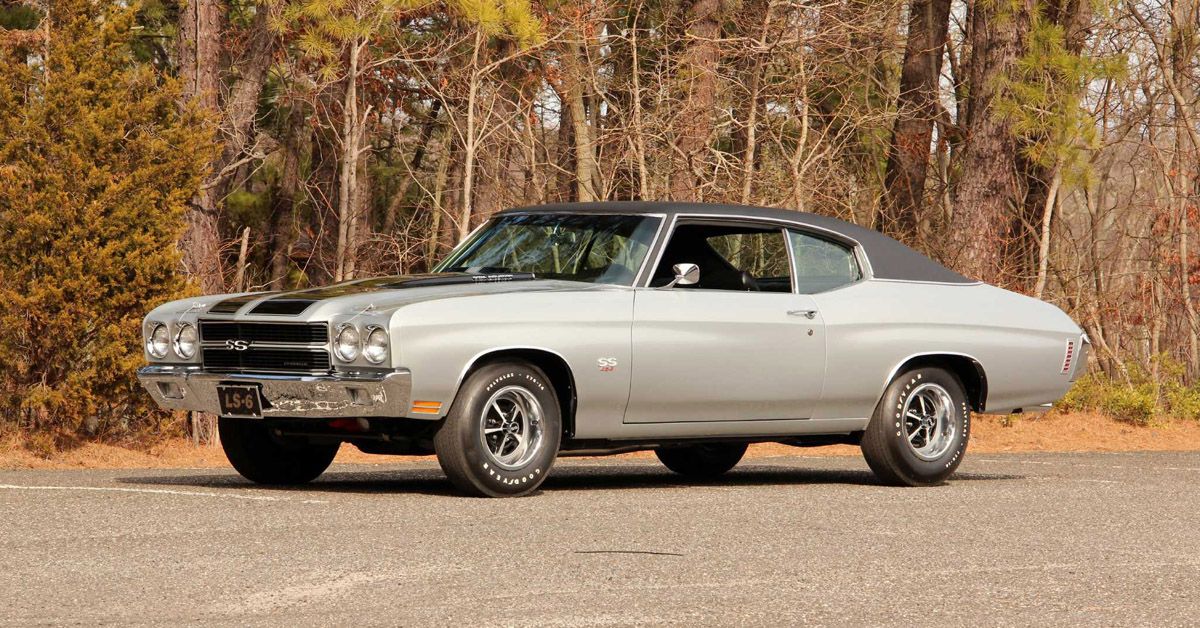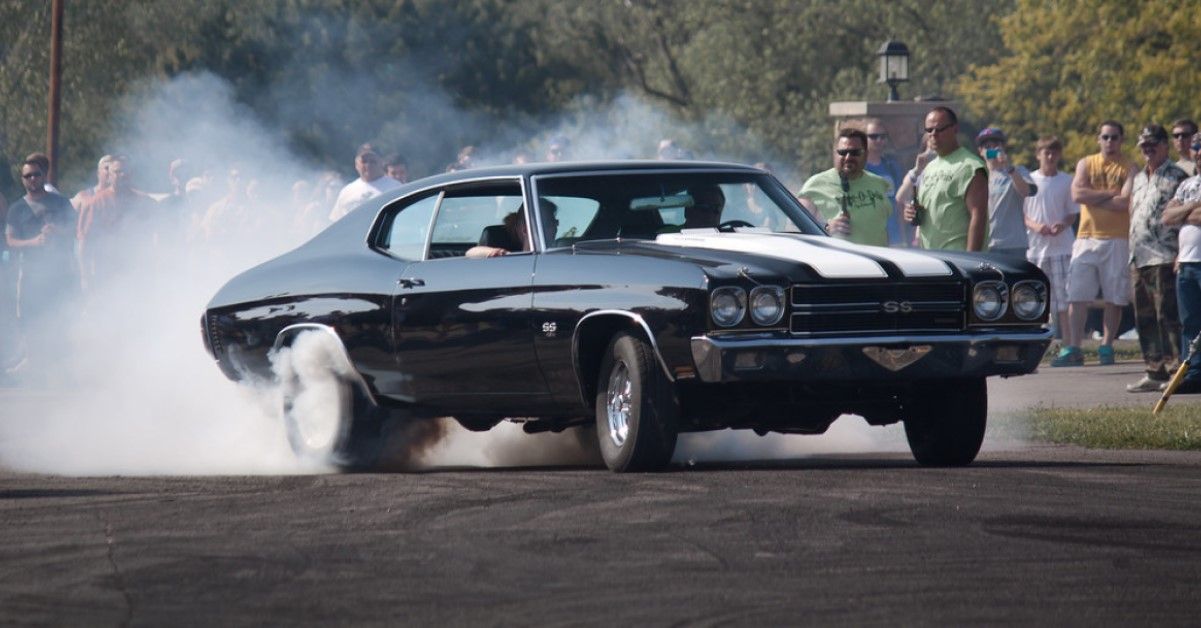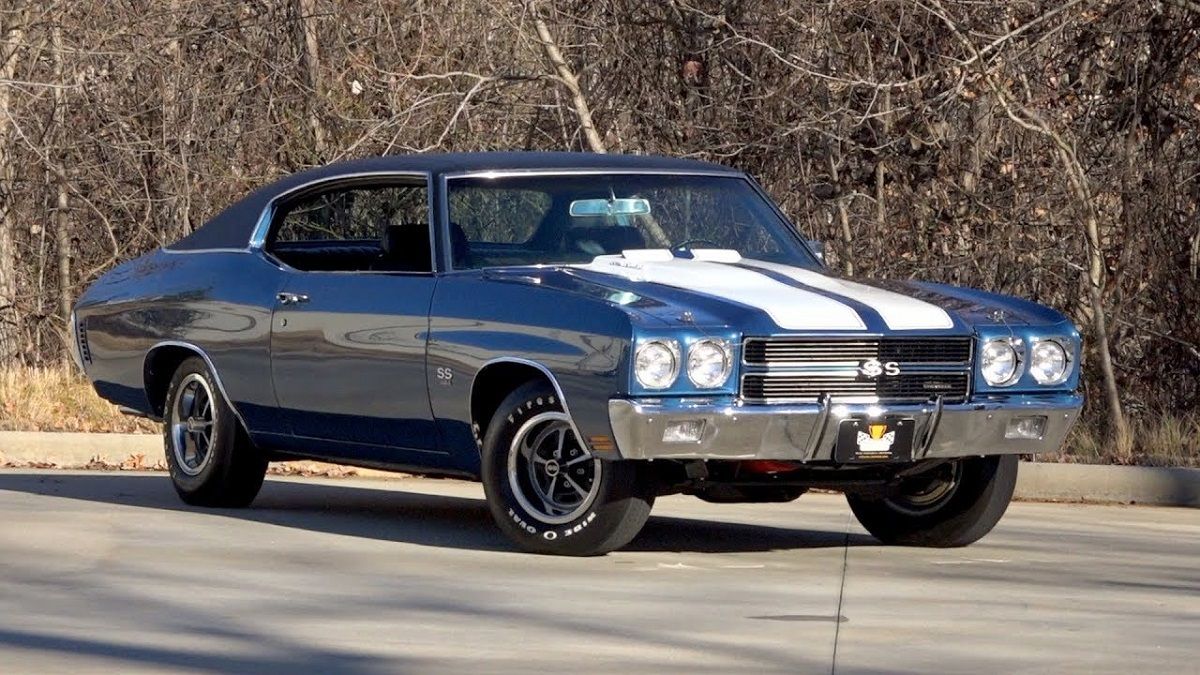The '70s were an interesting time for the United States in regard to car culture. The leaps in power and technology meant that car companies were constantly competing to see who could produce the beefiest engine, put it into a midsize car, and make it remain within a relatively small budget to make it consumer-friendly. This time period gave birth to the Ford Mustang, Pontiac GTO, Dodge Charger, Chevrolet Chevelle, and many more.
While the Chevelle quickly became a household name during its six-year run in the '60s, it didn't truly win the hearts and minds of muscle enthusiasts until the introduction of the 1970 Chevrolet Chevelle 454 LS6. The 1970s came with a wide variety of options for people who were looking to own Chevelles, but this model, in particular, created the nickname "The King of The Streets" for the muscle car. Here is what made the 1970 Chevrolet Chevelle SS an icon to the motor world.
10 Horsepower
Leading up to the 1970s, Chevrolet had a self-imposed cubic inch cap on all of its engines (400 to be exact). Beginning with 1970, they decided to lift that cap in favor of creating an engine that could go toe to toe with the faster vehicles of the time. Lifting the cap allowed the big-block V8 to expand its power range by more than anyone could expect.
The horsepower range on the LS6 went up to 454 horsepower right out of the dealership, placing it in front of other cars in the muscle world at the time.
9 Four Speed Manual
The Chevelles of the time came with a slew of options to equip on their cars. One of those was the choice between 3 speed automatic or the four-speed manual. The LS6 came properly equipped with the manual option. This option allowed the driver to feel out every inch of the road and push the V8 as far as it could possibly go.
While a 4-speed manual may be tame compared to today's standard 6 on high-performing vehicles, this amount allowed the Chevelle to truly shine in 1970.
8 Holly Four Barrel Carburator
The Holly Four Barrel Carburator was just one of the many pieces of the puzzle that allowed the big-block engine to pump out the speed and acceleration that it could. The carburetor combined with the new cowl induction system allowed cold air to constantly be fed into the carburetor.
Fitting the four-barrel carburetor onto the LS6 helped make it into the beast that everyone fondly thinks of.
7 Speed
The speed of the LS6 was near-unrivaled for the 1970 model year. It boasted one of the most notable feats of speed with a 0-60 mph time of just 6.1 seconds. It could also top out at 142 mph. Not a bad feat considering other cars of the time weren't quite hitting that without some modifications.
The Chevelle also had an impressive 1/4 mile time of 13.7 seconds during the 1970s (though it has been recorded going a bit faster than that).
6 Power Flap
The engineers at Chevy were at the forefront of technological leaps during 1970. The introduction of a power flap on the interior of the hood was one of those leaps. This power flap allowed cold air to surge into the engine at a much higher rate which had baffled other engineers up to this point.
The power flap was just one of the many features that were exclusive to the 1970 Chevelle SS.
5 Cowl Induction Hood
The cowl induction hood was a big part of what allowed the power flap to function in the way that it did. The beautiful curves on the hood weren't simply meant for style. The induction system worked in tandem with the power flap to consistently force cold air into the carburetor.
The Cowl Induction not only looks beautiful but it was another piece of just why the engine was able to perform above normal standards.
4 Aluminum Pistons and Bolts
While this might seem like a no-brainer for a car that is this powerful, at the time it was somewhat novel. To account for all the power under the hood, the engine had to be held in with the strongest materials possible. The aluminum within the engine allowed it to perform while still keeping the engine from jumping out of the bay.
The aluminum pistons and bolts allowed this car to maintain its traction and performance on the road in a way that the powerful engine certainly needed.
3 Suspension
The suspension in the LS6 needed to be able to handle the performance the motor could give out and it certainly held up to those standards. Using the A-frame platform allowed the Chevelle to have a bit higher ground clearance while also sitting lower to the ground.
The A-frame platform combined with a 4-link axle set up allowed the car to handle even under all the pressure of the V8s power.
2 Power Steering
While power steering is certainly standard for every car nowadays, during 1970 it wasn't a given in a car unless you purchased the right package. Luckily the LS6 came equipped with power steering which was certainly helpful when trying to maintain the power of the Chevelle under high-speed scenarios.
Power steering played a key role in the Chevelle being dominant on roadways.
1 500 Ib-ft of Torque
One thing that every muscle car enthusiast will tell you that they love is torque. After all, how else would you go shaving all that rubber off of your tires? The 500 lb-ft of torque on the LS6 was nothing to scoff at. Not only did it allow the car to be fast off the line but it also gave car lovers one of their favorite things to watch a car perform.
While this amount of torque may be small in comparison to something like the Dodge Challenger Demon it was certainly a benchmark that could not be surpassed by many during 1970.

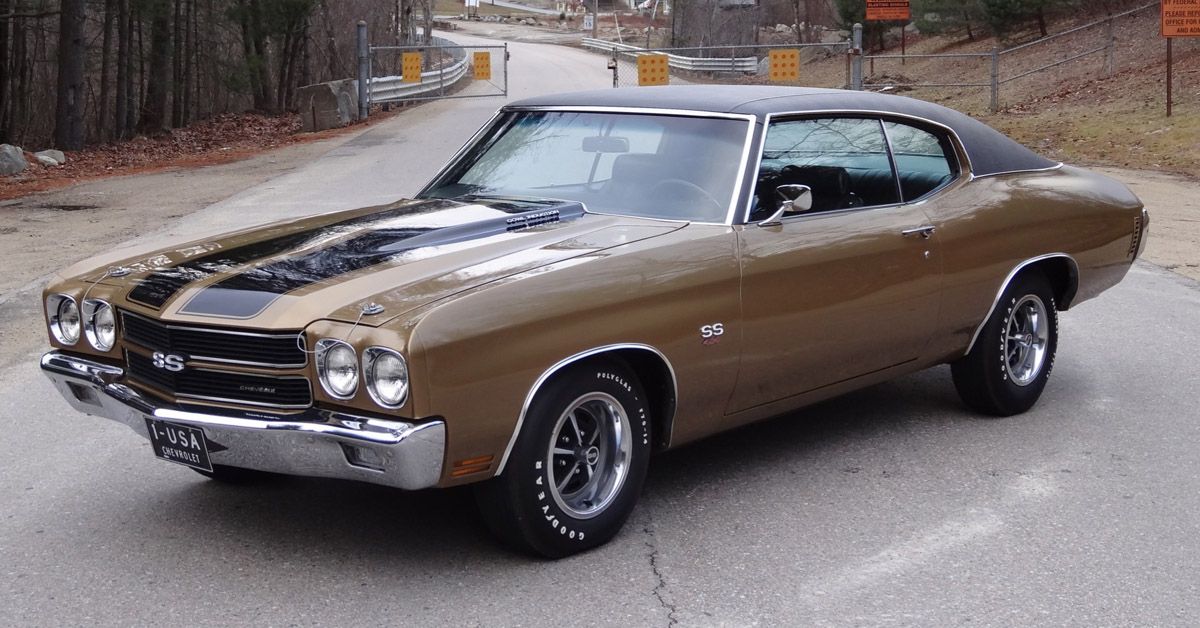
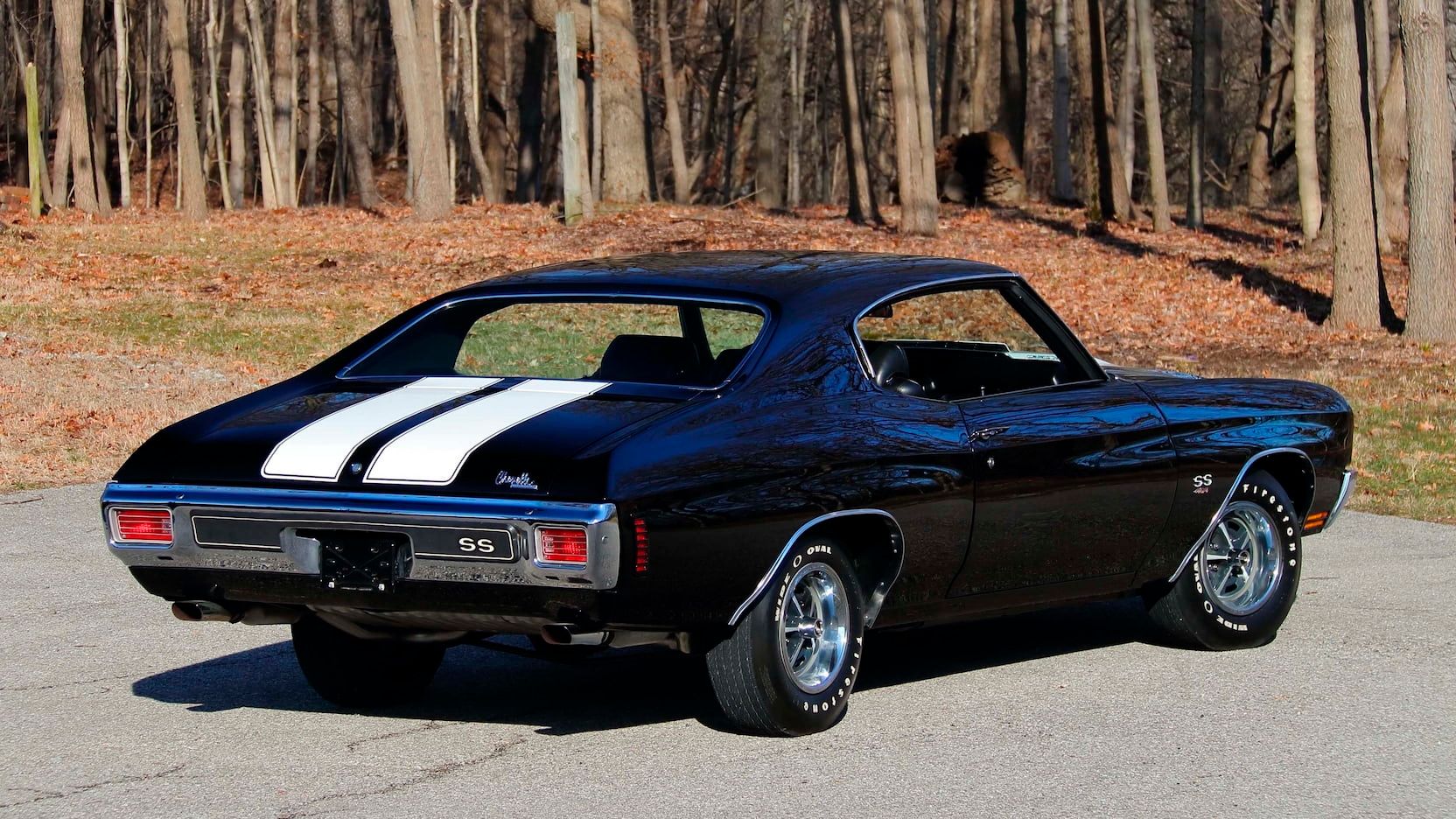
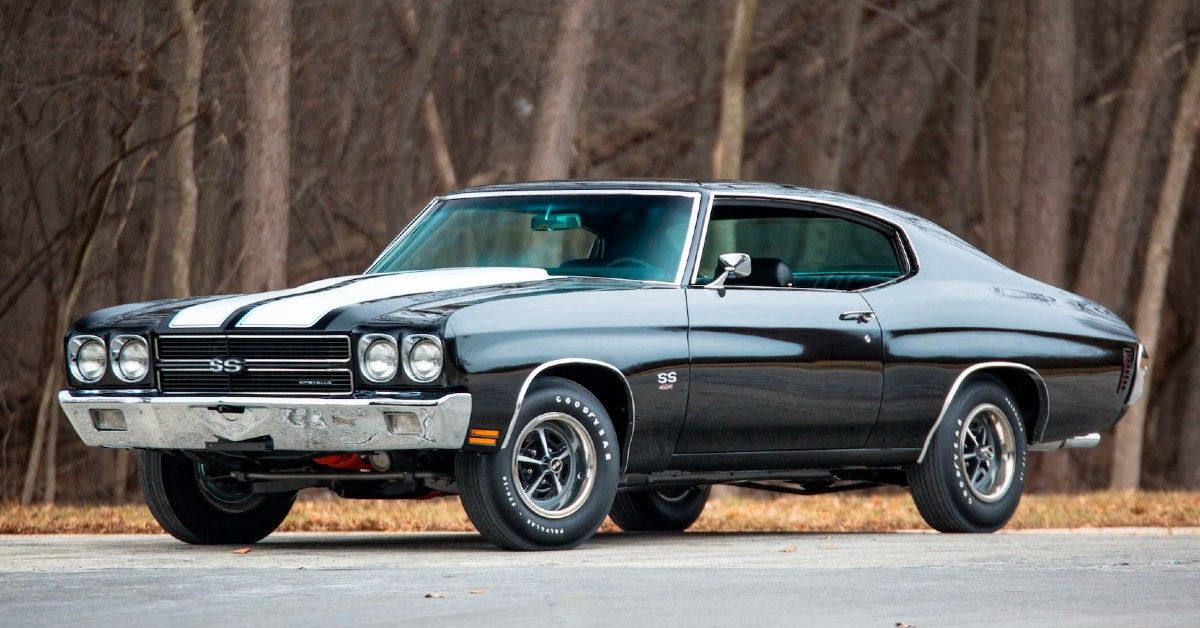
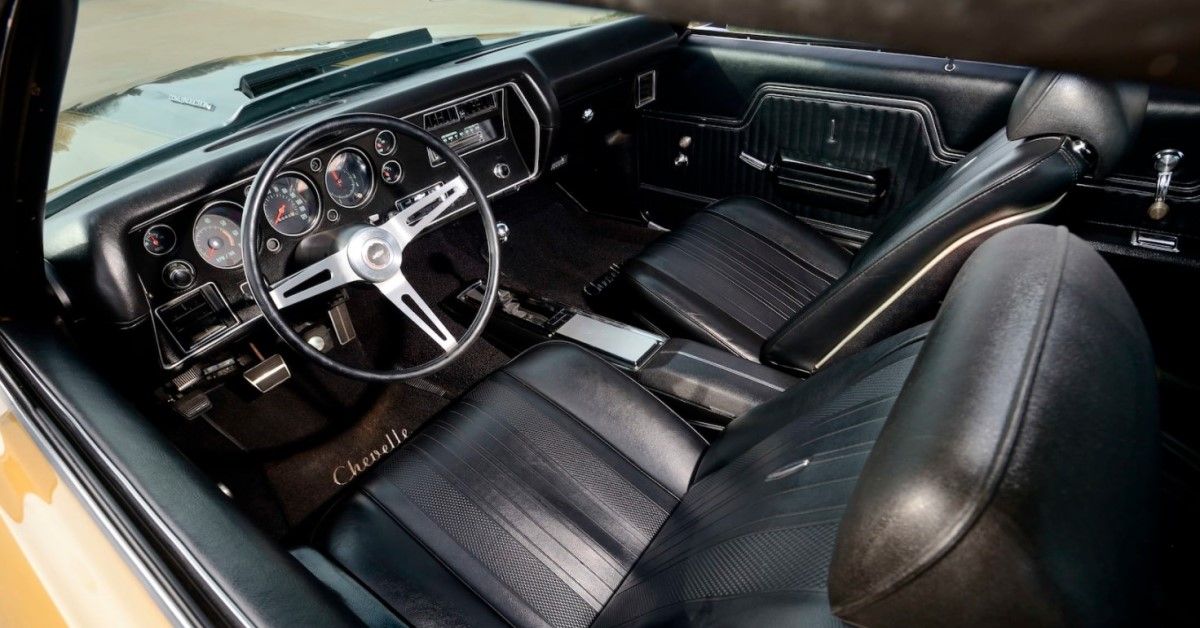
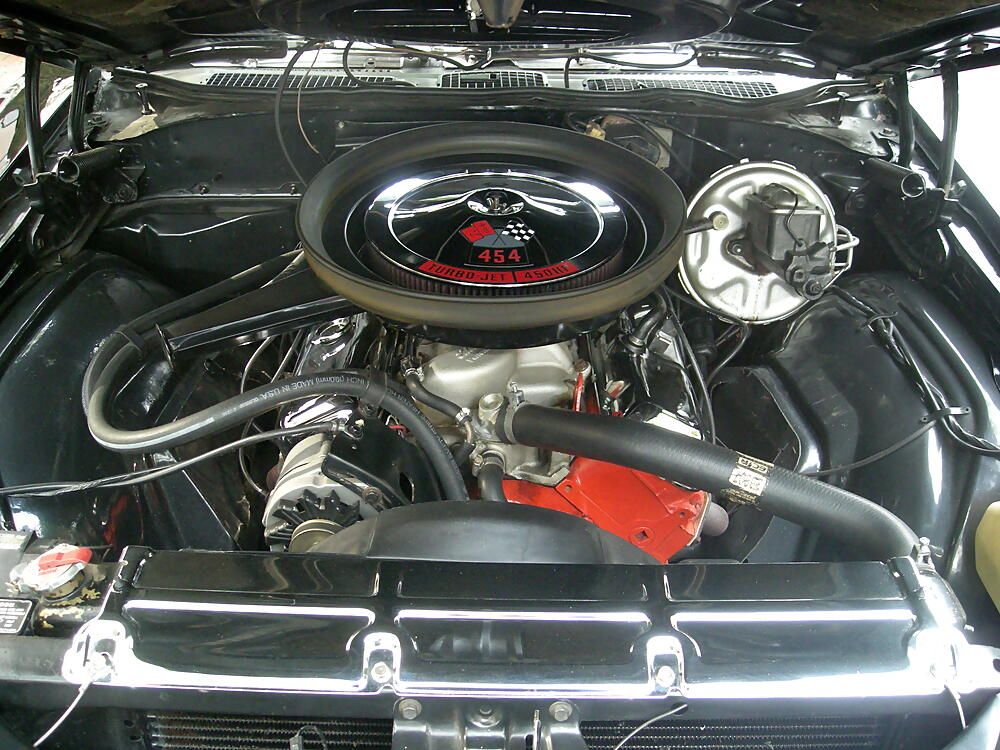
.jpg)
